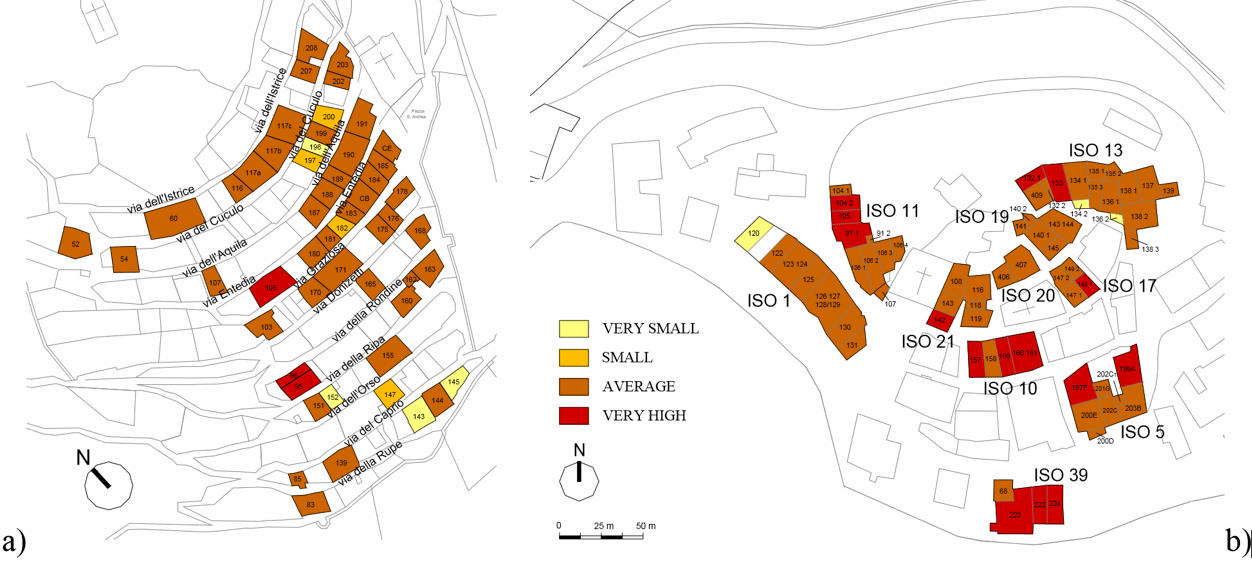Munari1, M.R. Valluzzi2, A. Saisi3, G. Cardani4, C. Modena5 and L. Binda6
- Ph.D. candidate, Dept. of Architecture, Planning and Survey, University of Padova, Italy, marco.munari@unipd.it
- Assistant Prof., Dept. of Architecture, Planning and Survey, University of Padova, Italy, mariarosa.valluzzi@unipd.it
- Assistant Prof., Structural Engineering Dept., Politecnico di Milano, Italy, saisi@stru.polimi.it
- Assistant Prof., Structural Engineering Dept., Politecnico di Milano, Italy, cardani@stru.polimi.it
- Full Prof., Dept. of Construction and Transportation Eng., University of Padova, Italy, claudio.modena@unipd.it
- Full Prof., Structural Engineering Dept., Politecnico di Milano, Italy, binda@stru.polimi.it
ABSTRACT
The results of an automatic procedure developed at the University of Padova and based on numerical models calculating the accelerations which activate local collapse mechanisms of macro-elements that can develop in historical masonry buildings, are presented: the Vulnus methodology, based on the fuzzy set theory, provides global vulnerability assessments of individual structural units or groups of buildings, as well as fragility curves related to the achievement or overcoming of the limit state of heavy damage. Moreover, Vulnus is able to identify the vulnerability class for each structural unit, as defined by the European Macroseismic Scale EMS98. The EMS98 scale separates the definitions of building typologies from the corresponding vulnerability class and thus from the expected behaviour in case of seismic event: in this way, it provides a common framework for the evaluation of seismic vulnerability and the estimation of the damage of buildings on a large scale.
Analytical applications for buildings sampled in two historic centres in Umbria located in seismic area (Campi Alto di Norcia and Castelluccio di Norcia) characterized by various building typologies and different levels of aggregation of the buildings are presented.
KEYWORDS: masonry structures, seismic vulnerability, vulnerability classes, EMS98 macroseismic scale, limit analysis of macro-elements, Vulnus, aggregate buildings
B3-3



